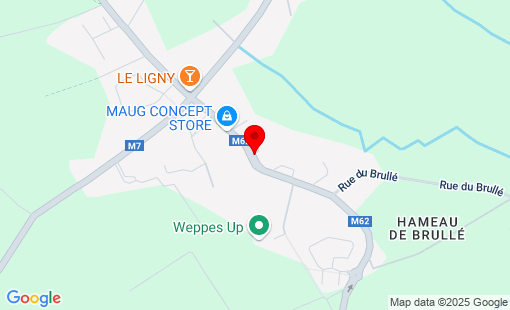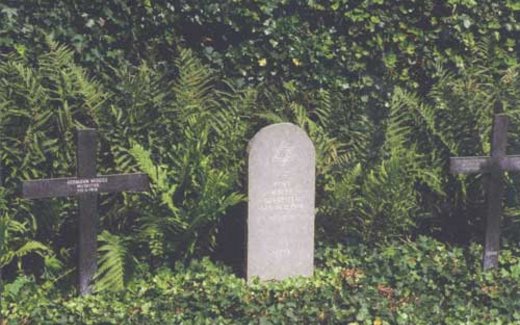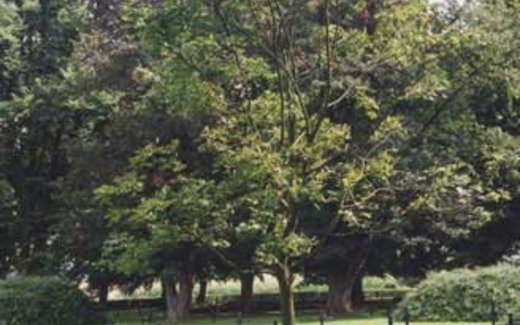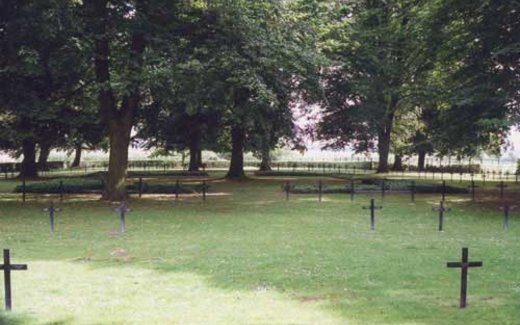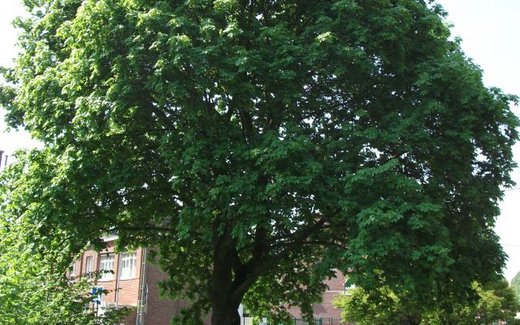France
Beaucamps-Ligny
Total Occupation: 2.628 fatalities
Total Occupation: 2.628 fatalities
Département Nord 2,628 German war dead First World War The German military cemetery Beaucamps-Ligny was established by the German troops in May 1915 during the heavy fighting between Armentières and La Bassée. Almost 1,000 of those who died here between May and December 1915 were buried here, as well as those who died in the war of position in 1916 and 1917 and those who died during the British offensive from July to October 1917. In 1920, 1921 and 1923, the French military authorities buried large numbers of German dead from the surrounding communes. The dead belonged to units whose home garrisons were mainly in Bavaria, but also in Westphalia, Silesia, Saxony, Hanover, Thuringia, Hesse, Baden, Württemberg and the Lower Rhine.
Repair work between the wars The Volksbund Deutsche Kriegsgräberfürsorge e.V. (German War Graves Commission) carried out the first work to improve the condition of the cemetery in the following years on the basis of an agreement reached with the responsible French military authorities in 1926. In addition to a horticultural overhaul of the entire cemetery area and its greenery, numerous trees, shrubs and wild roses were planted and a new entrance was created. However, the problem of permanently marking the graves remained unresolved due to a lack of foreign currency and the outbreak of the Second World War in 1939. Final design Following the conclusion of the Franco-German War Graves Agreement on July 19, 1966, the Volksbund Deutsche Kriegsgräberfürsorge e.V. - with financial support from the German government - was able to undertake the final design of the German military cemeteries of the First World War in France. In 1972, the previous temporary wooden grave markers were replaced by metal crosses with the names and dates of the dead cast into them. The German Armed Forces supported the Volksbund by, among other things, transporting the necessary 35-kilogram cross foundations, which were moved by participants in the Volksbund's youth camps. 2,070 of the 2,628 fallen rest in individual graves; 108 remain nameless. Only six of the 12 communal graves with 558 victims are known by name. The 14 graves of fallen Jews were given a natural stone stele instead of a cross for religious reasons. The Hebrew characters read: 1. (above) "Here rests buried .... ." 2. (below) "May his soul be interwoven into the circle of the living." A forged steel high cross was erected as the central marker.
